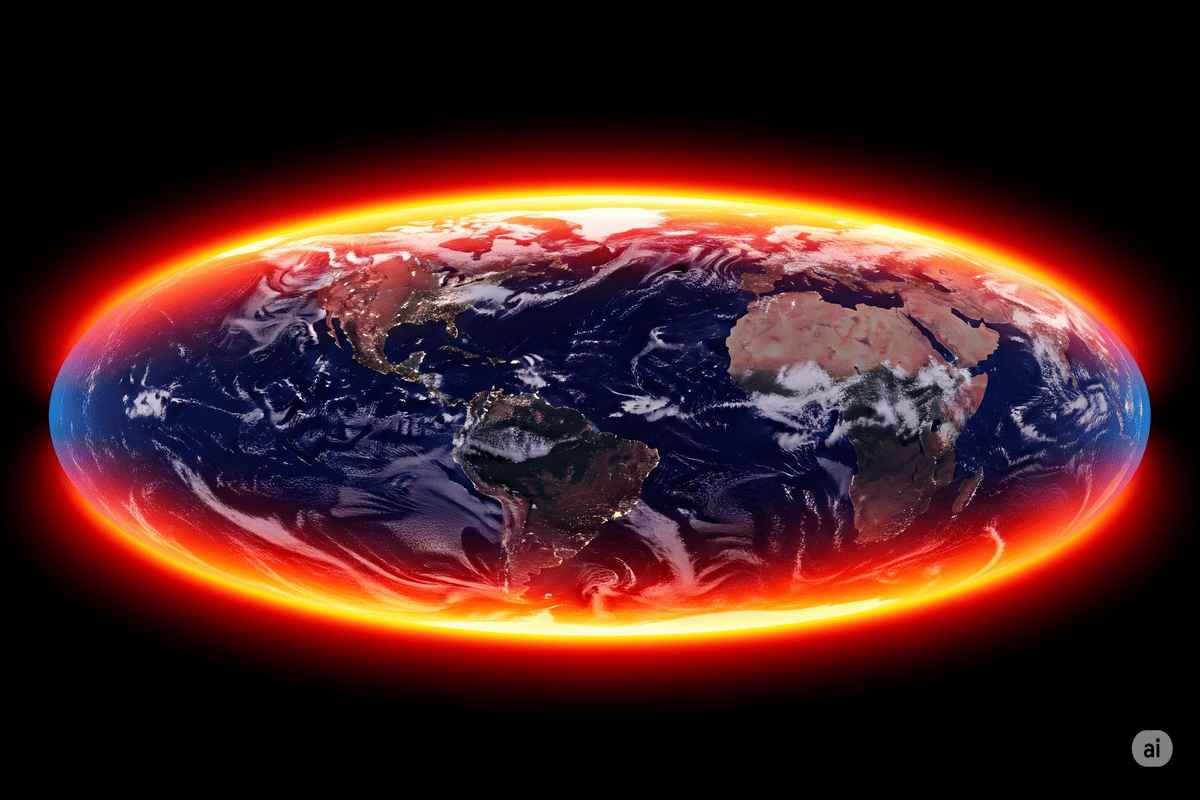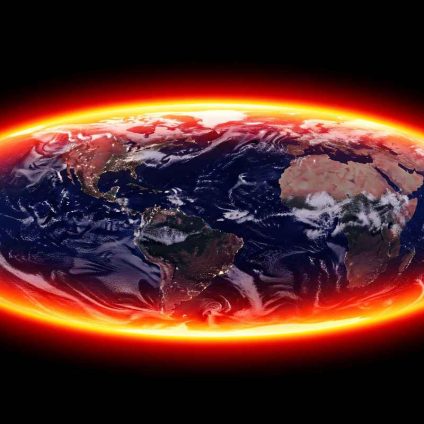Trapped heat from Earth has doubled in 20 years, revealing a sharper energy imbalance than climate models predicted, warns a new AGU study

The energy imbalance on Earth has more than doubled over the past two decades, and the amount of trapped heat from Earth is far greater than climate models anticipated.
One of the most accurate ways to measure global warming is to analyze Earth’s energy budget, the balance between incoming solar radiation and outgoing heat. That balance is now significantly off.
A new study published in AGU Advances and reported by Phys.org reveals that the planet’s energy imbalance has more than doubled in 20 years, and this shift has been underestimated by existing climate models.
More heat trapped by Earth
Global warming, driven by greenhouse gas emissions from human activity, disrupts the fragile equilibrium between sunlight absorbed by the planet and heat radiated back into space. This disruption leads to the accumulation of energy in the atmosphere, oceans, and land, and causes the melting of the cryosphere, the total mass of Earth’s ice.
The direct consequences include rising temperatures, sea level rise, and increasingly extreme weather events across the globe.
The role of Earth’s energy budget in regulating surface temperature has been recognized for over two centuries, yet our ability to monitor this imbalance is at risk as key satellites near the end of their operational life.
A wake-up call for scientists
In the mid-2000s, Earth’s energy imbalance averaged around 0.6 watts per square meter (W/m²). In recent years, that average has reached approximately 1.3 W/m². This doubling of stored energy near Earth’s surface came as a shock to scientists, whose sophisticated climate models had failed to anticipate such a rapid and substantial change.
Another study, published in Science, also confirmed the increase in Earth’s energy imbalance between 2001 and 2023 using satellite data. That research showed that low-sensitivity models significantly underestimate the trend, explaining only about half the observed change.
These findings suggest climate change could accelerate in the coming years. Even more concerning, our ability to act may be hindered by a lack of funding and political will to maintain critical observation tools like satellites, particularly in the United States.
Deep cuts to NASA’s science division
The U.S. government’s proposed budget for fiscal year 2026, which begins in October 2025, includes major cuts to NASA’s science division, which plays a key role in climate monitoring.
Several NASA satellites responsible for capturing high-resolution data on Earth’s energy imbalance are nearing the end of their service lives and may not be replaced.
Under directives from President Trump, NASA’s science division could face a 52% cut compared to the last fiscal year under President Biden. While the budget proposal has not yet passed Congress, the Republican majority is expected to support the president’s agenda.
Read the full study on AGU Advances here












